Moth Problem
Navigating the Night: Understanding and Addressing Moth Issues Around Homes
Introduction:
Moths, often associated with moonlit nights and fluttering wings, can become unwelcome guests when their presence reaches troublesome levels around homes. While moths are generally harmless and play vital roles in ecosystems, certain species can pose challenges when they invade living spaces. In this article, we will explore common issues with moths around homes and discuss effective ways to address and prevent them.
1. Clothing and Pantry Moths:
Two prevalent types of moths that cause issues in homes are clothing moths and pantry moths. Clothing moths, such as the common clothes moth, can damage natural fibers like wool and silk. Pantry moths, also known as Indian meal moths, infest stored food products, creating hygiene concerns and leading to food waste.
2. Damage to Clothing and Fabrics:
Clothing moths are notorious for infesting wardrobes and closets, where they lay eggs on natural fabrics. The larvae feed on these materials, causing irreparable damage to clothing, carpets, and upholstery. Recognizing the signs of moth infestation, such as small holes in fabrics, is crucial for early intervention.
3. Contamination of Stored Food:
Pantry moths, on the other hand, are a common issue in kitchens and food storage areas. Their larvae feed on a variety of stored goods, including grains, cereals, and dried fruits. Contaminated food must be discarded, leading to financial loss and potential food shortages.
4. Attraction to Light:
Moths are naturally attracted to light sources, and their presence around outdoor lighting fixtures can become a nuisance. This not only disrupts outdoor activities but can also lead to moths entering homes when doors or windows are open.
5. Infestations in Dark and Damp Areas:
Some moth species thrive in dark and damp areas, such as basements and attics. These environments provide ideal conditions for moths to lay eggs and complete their life cycles. Infestations in these hidden spaces can go unnoticed until the problem becomes severe.
6. Prevention Strategies:
- Regular Cleaning: Keep living spaces clean and well-maintained. Regularly vacuum and dust to remove potential moth habitats.
- Proper Storage: Store clothing in airtight containers, and use mothballs or cedar blocks as natural deterrents. For food, use sealed containers to prevent pantry moth infestations.
- Outdoor Lighting: Consider using yellow or sodium vapor bulbs for outdoor lighting, as these are less attractive to moths.
- Moisture Control: Address moisture issues in basements and attics to discourage moth infestations. Use dehumidifiers if necessary.
7. Integrated Pest Management (IPM):
Implementing Integrated Pest Management strategies can be effective in controlling moth populations. This may include using pheromone traps, natural predators, and targeted insecticides in a responsible manner.
8. Professional Assistance:
In severe cases or when DIY methods prove insufficient, seeking professional pest control services is recommended. Pest control experts can identify the specific moth species, assess the extent of the infestation, and provide tailored solutions.
Conclusion:
Issues with moths around homes can be challenging, but with a proactive and systematic approach, homeowners can effectively address and prevent infestations. Recognizing the signs of moth activity, implementing preventive measures, and seeking professional assistance when needed will help maintain a harmonious living environment and preserve the integrity of clothing, fabrics, and stored goods. By understanding the habits and preferences of moths, homeowners can navigate the night with greater ease and peace of mind.


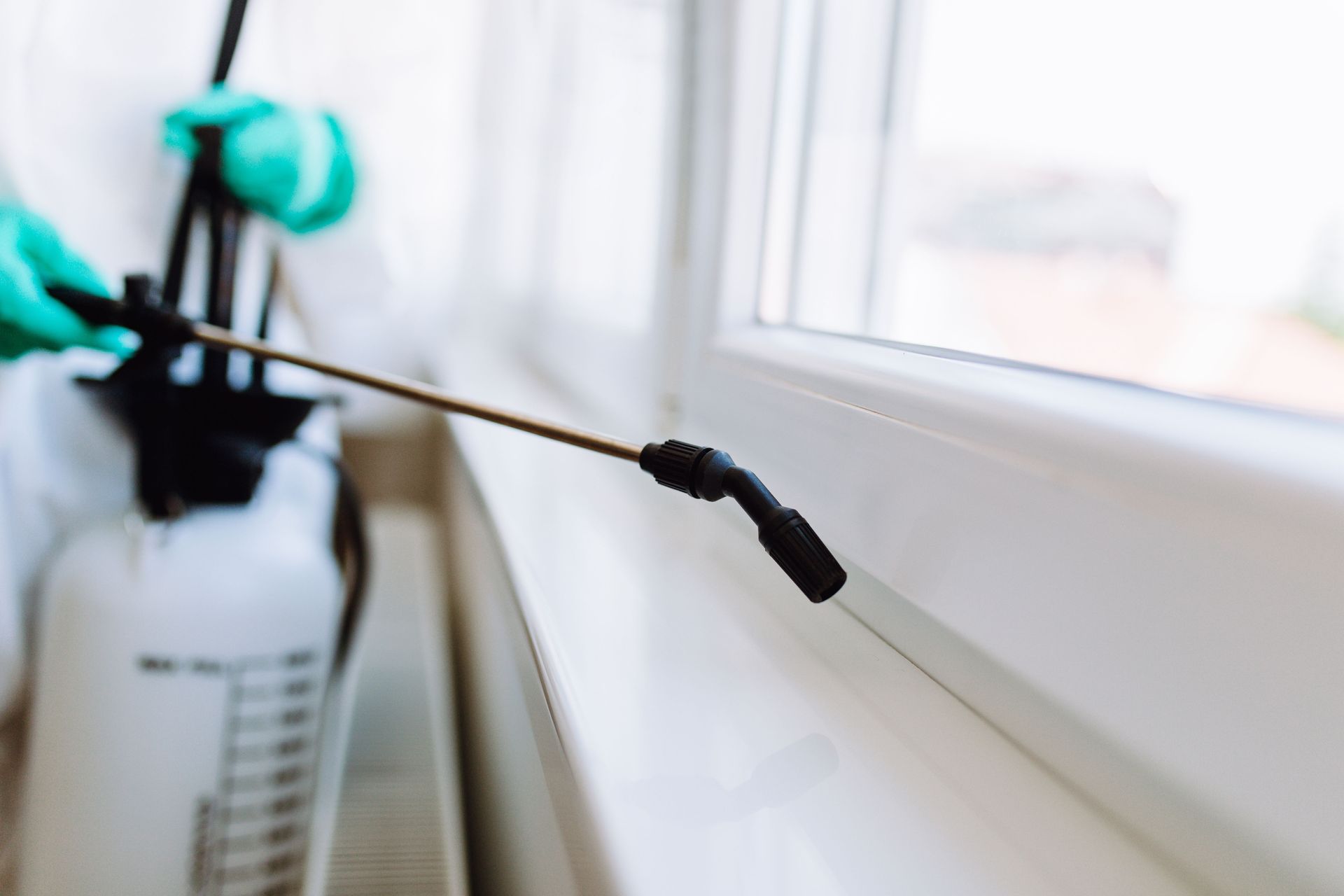
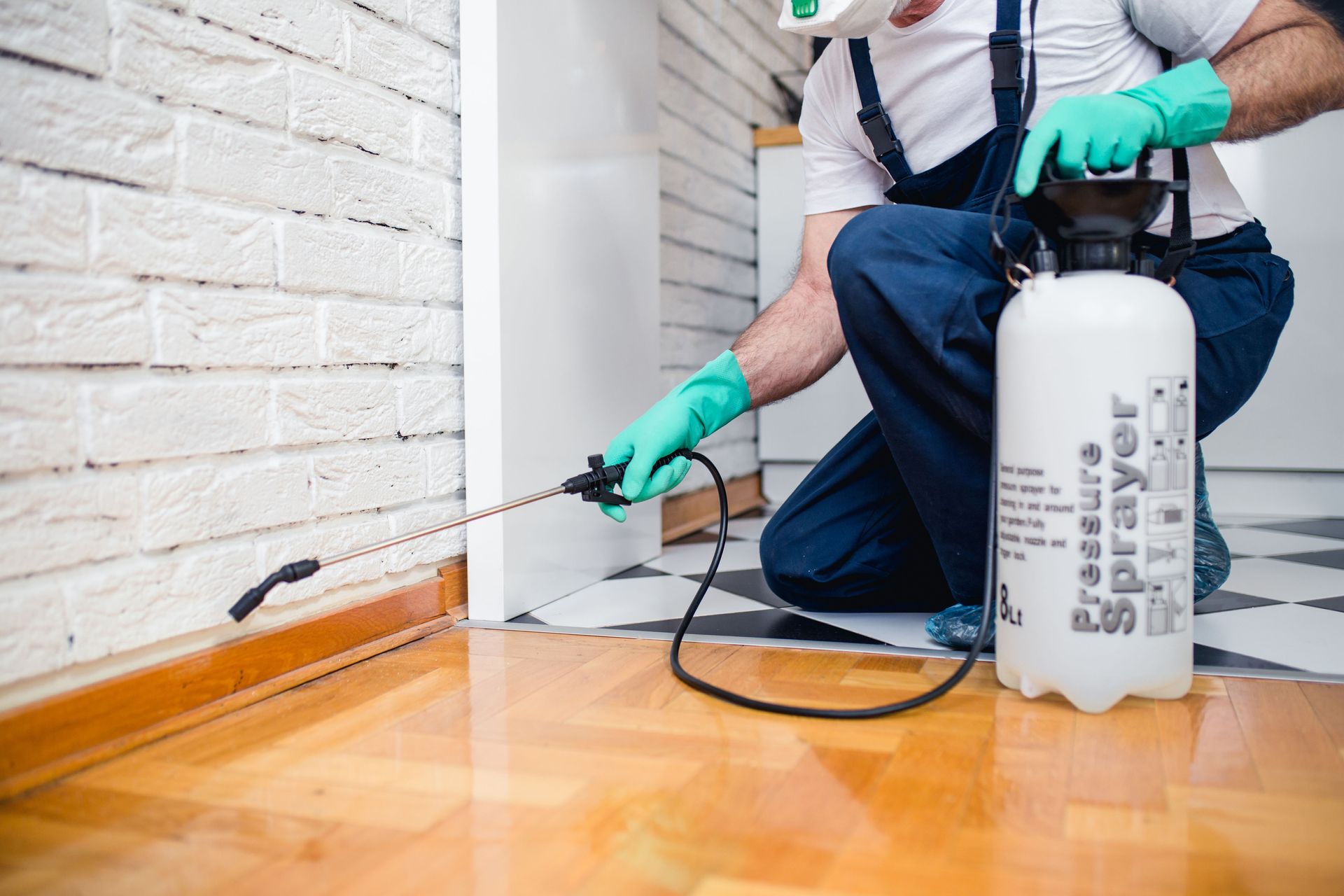



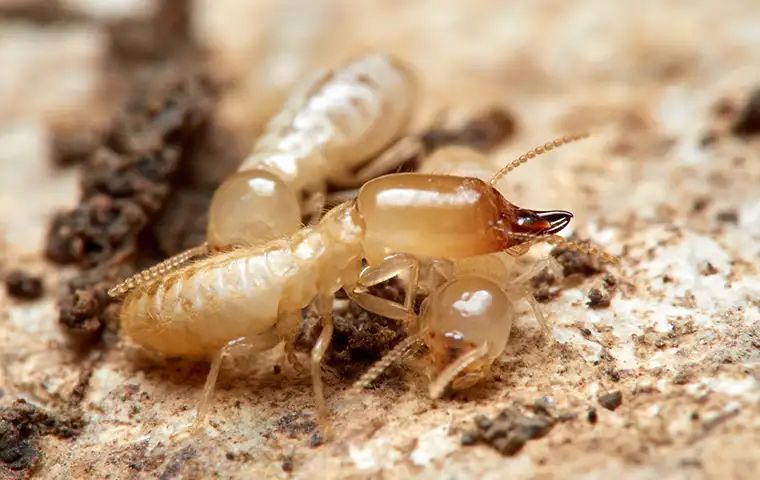
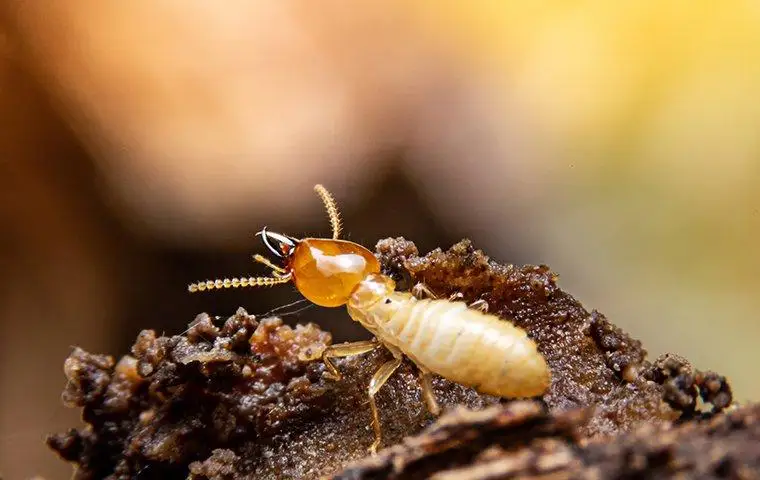
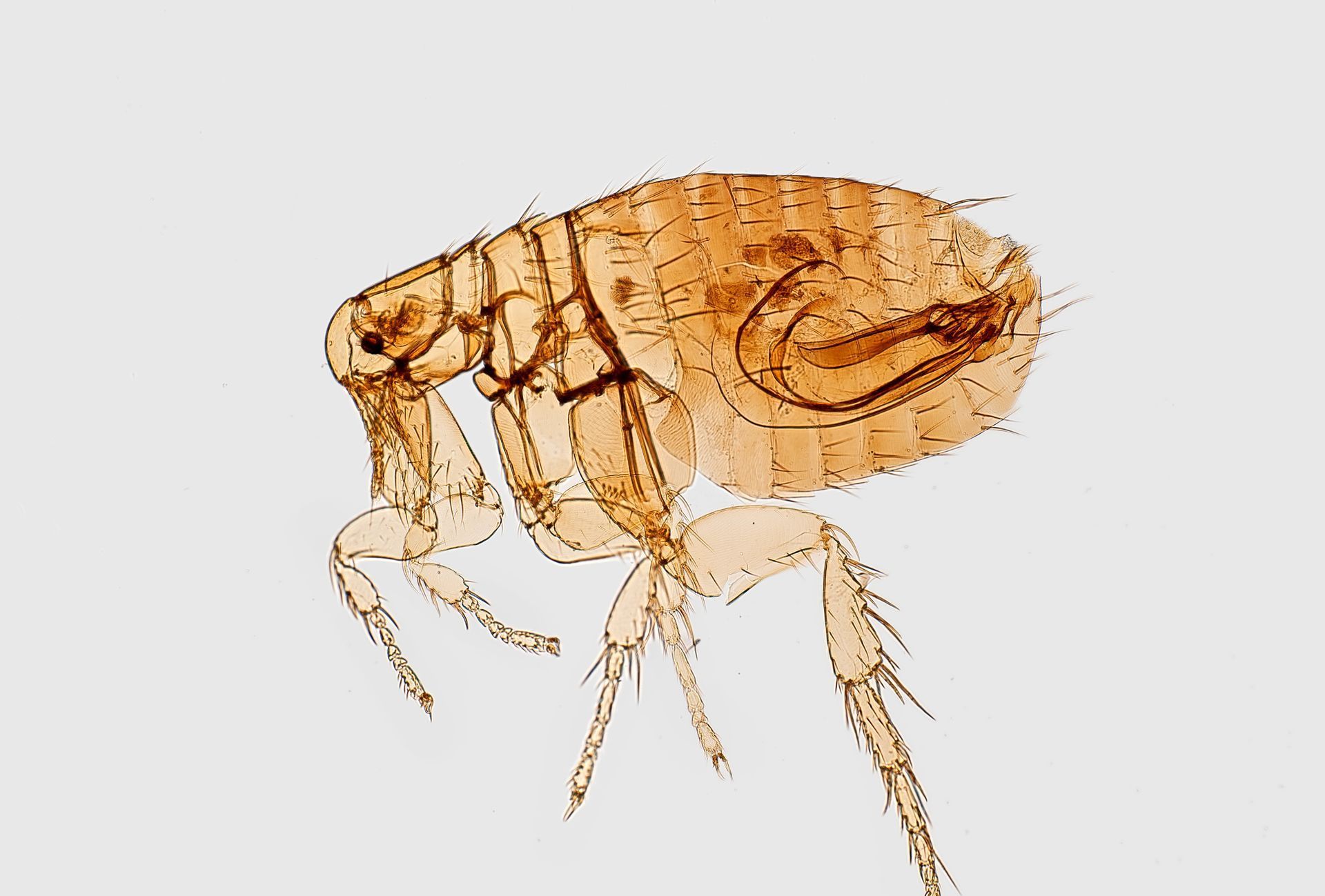
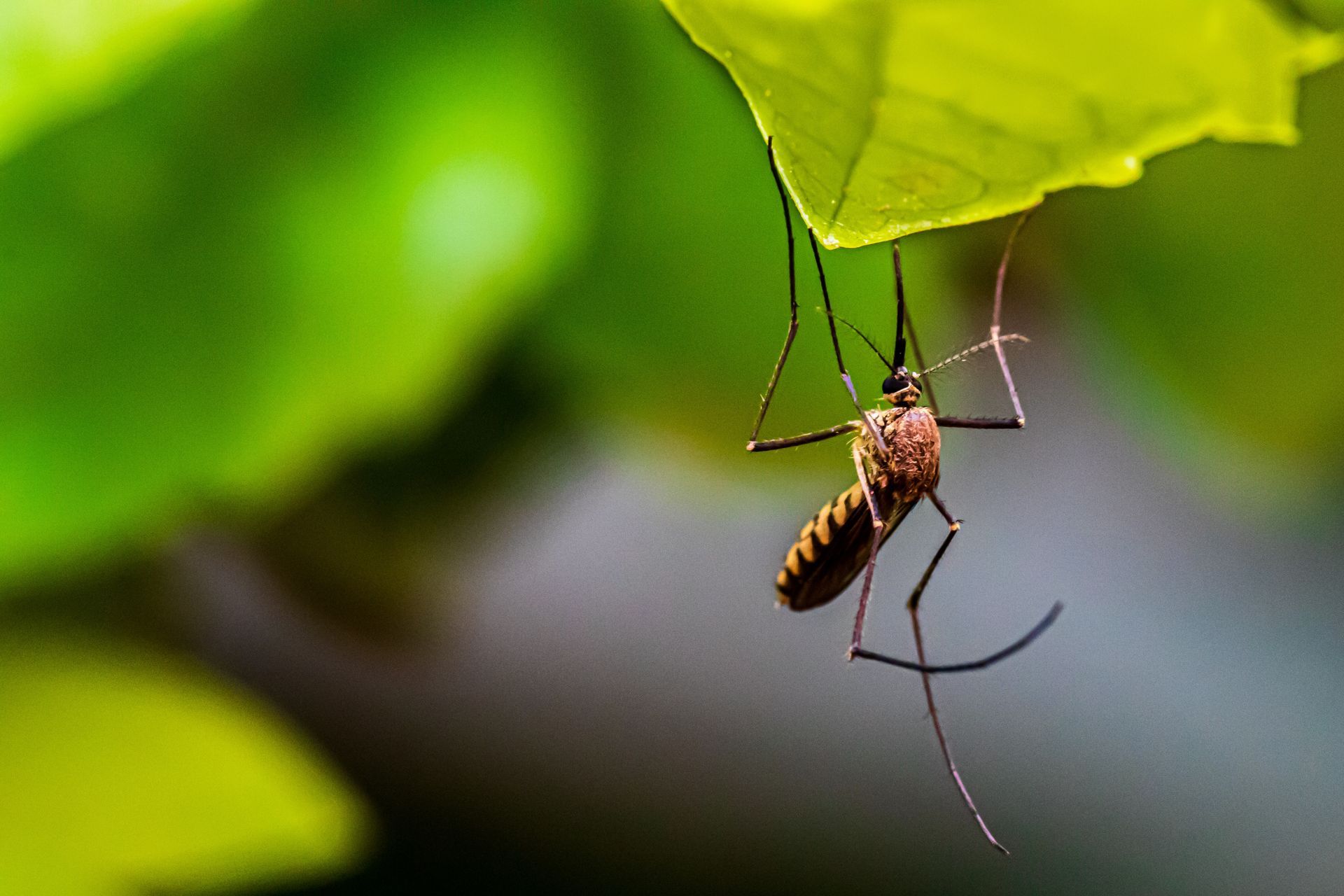
Share On: